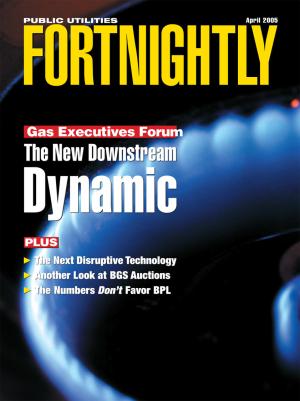Increased business and regulatory challenges have utilities lagging in investments to meet energy demand a decade from now.
Kurt Yeager was president and CEO of the Electric Power Research Institute (EPRI) from August 1996 until his retirement in September 2004. The views expressed are those of the author and do not necessarily represent EPRI.
A primary rationale behind the restructuring of the electric utility industry 10 years ago was that competitive markets manage supply and demand, incent innovation, and allocate investment more effectively than centrally regulated monopolies. While fundamentally sound in principle, the policy implementation of this rationale has not adequately reflected either the unique physics or the public entitlement characteristics of electricity. The consequence has been a breakdown in the traditional public/private partnership built around the obligation to reliably serve, and upon which the electricity sector's value and reputation was built.

In short, the electricity enterprise has tended through restructuring to become a victim of its historic success in maintaining universal service reliability at ever-lower cost. The essential foundation for restoring enterprise vitality in the coming decade is rebuilding this fundamental public/private partnership, based on technology innovations that can increase the value of electricity service, including providing higher levels of reliability and security. This transformation of the traditional electricity supply network into tailored, multi-functional service networks should result in significant new business growth opportunities, reinforced by greater consumer satisfaction.
Impediments to Progress
The impediments that must be overcome in the next decade revolve around four themes:

